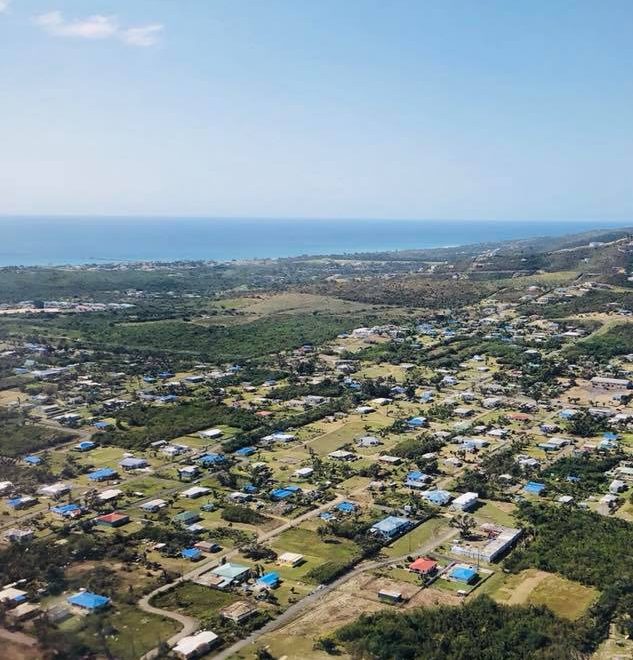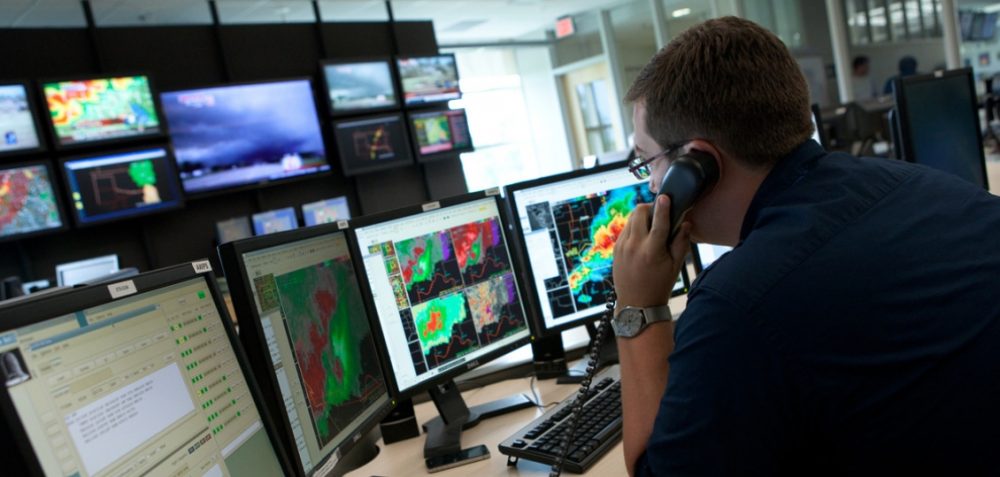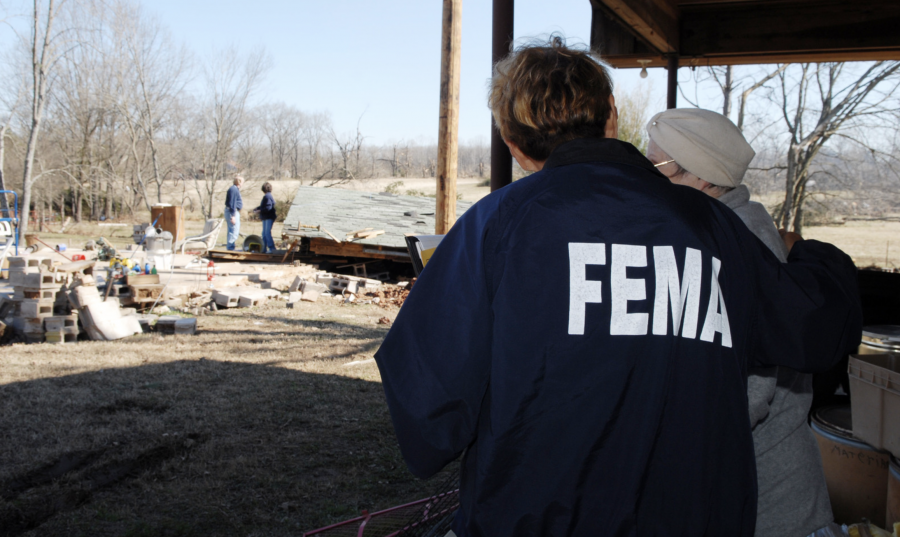Hard Road to Recovery for U.S. Virgin Islands
At the end of 2017, the U.S. Virgin Islands were affected by Hurricane Irma (St. Thomas and St. John) and then Hurricane Maria (St. Thomas, St. John, and St. Croix). Lori Bertman, board chair of the Center for Disaster Philanthropy, and president and CEO of the Irene W. and C.B. Pennington Foundation, was the first […]

At the end of 2017, the U.S. Virgin Islands were affected by Hurricane Irma (St. Thomas and St. John) and then Hurricane Maria (St. Thomas, St. John, and St. Croix). Lori Bertman, board chair of the Center for Disaster Philanthropy, and president and CEO of the Irene W. and C.B. Pennington Foundation, was the first philanthropic advisor invited by FEMA to be on one of their disaster recovery teams responding to the damage in the U.S. Virgin Islands. In her role on this FEMA recovery team, Ms. Bertman has visited each of the islands recently, and we had a chance to speak with her about where they stand in hurricane recovery.

What U.S. Virgin Islands you have been able to visit recently and where do you feel each of them are in the recovery process?
On my last visit to the U.S. Virgin Islands, I was able to visit all three islands with the FEMA team. All three have made the transition to the early recovery stage. St. Croix, an island of 50,000 people, was not damaged by both storms like the other islands. It’s straddling this place where they want to return to normal, but they have to determine what that normal looks like. St. Thomas has 55,000 people and has also made the transition to early recovery. It and St. John, which has only 4,000 residents, were affected by both hurricanes, however they also have more resources that they’ve been able to leverage. The population on all the islands, but especially St. Croix, is tough. There are many older adults who are disabled, and that makes them vulnerable, both following the storm and in the recovery process. In addition, there is a large population of children under the age of five who are also vulnerable.
What are some of the organizations you visited that you were particularly impressed with?
I spent a lot of time with the St. Croix Foundation, which has a robust consortium of nonprofits across four sectors – arts, economic development, health & human services, and environment. The long-term recovery group for each island is also housed within each island’s foundation, so I was able to meet with all of them. That approach has helped to streamline things.
If you summarized some of the most pressing needs you saw during your visit that have stuck with you, how would you categorize them?
There are three big needs:
- Housing: 40 percent of the people, at least on St. Croix, were in subsidized housing prior to the storm. There were already some serious economic issues and issues around housing shortage before the storm. After the storm, many of the houses were destroyed, turning it into a housing crisis.
- Education: Across the islands, many schools were damaged to varying degrees and some were completely destroyed. Hundreds of teachers have been transitioned off the islands and, as a result, several students only have half days. They are done with school at noon every day and then what? There are education needs and then needs for other children’s services, particularly after-school services and childcare.
- Healthcare: This is the biggest issue. I personally experienced two health emergencies on the islands, and it illustrated to me how difficult it is to get healthcare. St. Thomas and St. Croix both have hospitals, although all of the hospitals and many of the medical clinics were damaged. There are needs beyond hospitals and clinics as well. The islands are mountainous, which makes accessing people, particularly the elderly and those with young children, difficult. Thus, there is no home health care. There is also a crucial mental health piece: I have never heard people talk about PTSD like they did in the islands when I was down there.
What is your advice to funders working to fund or collaborate in the U.S. Virgin Islands?
My advice is to work with the funding institutions, the foundations that are leading the long-term recovery groups and housing these consortiums of nonprofits. Start there and work within the foundation world – they all have good leadership and access to those doing the work on the ground.
How would you characterize the long-term recovery picture in the U.S. Virgin Islands? What does it look like in five years? In ten?
There is a lot of work to do. My fear is the hurricane season is approaching. No one is ready for the new season, and the fear of another large storm is palpable. In addition, the needs in the U.S. Virgin Islands have been eclipsed by other areas impacted by hurricanes in 2017.
Many of the needs existed prior to the storm and are being accelerated to a solution due to the disaster, forcing people to take care of housing issues and issues of healthcare and accessibility. There’s such a long road ahead of them. My biggest fear is with continued disasters and that they will be in the position of having to build the plane while flying it.
Lori J. Bertman is the president and CEO of the Pennington Foundation and board chair of the Center for Disaster Philanthropy.
More like this

What the Government Shutdown Really Means to Disasters
